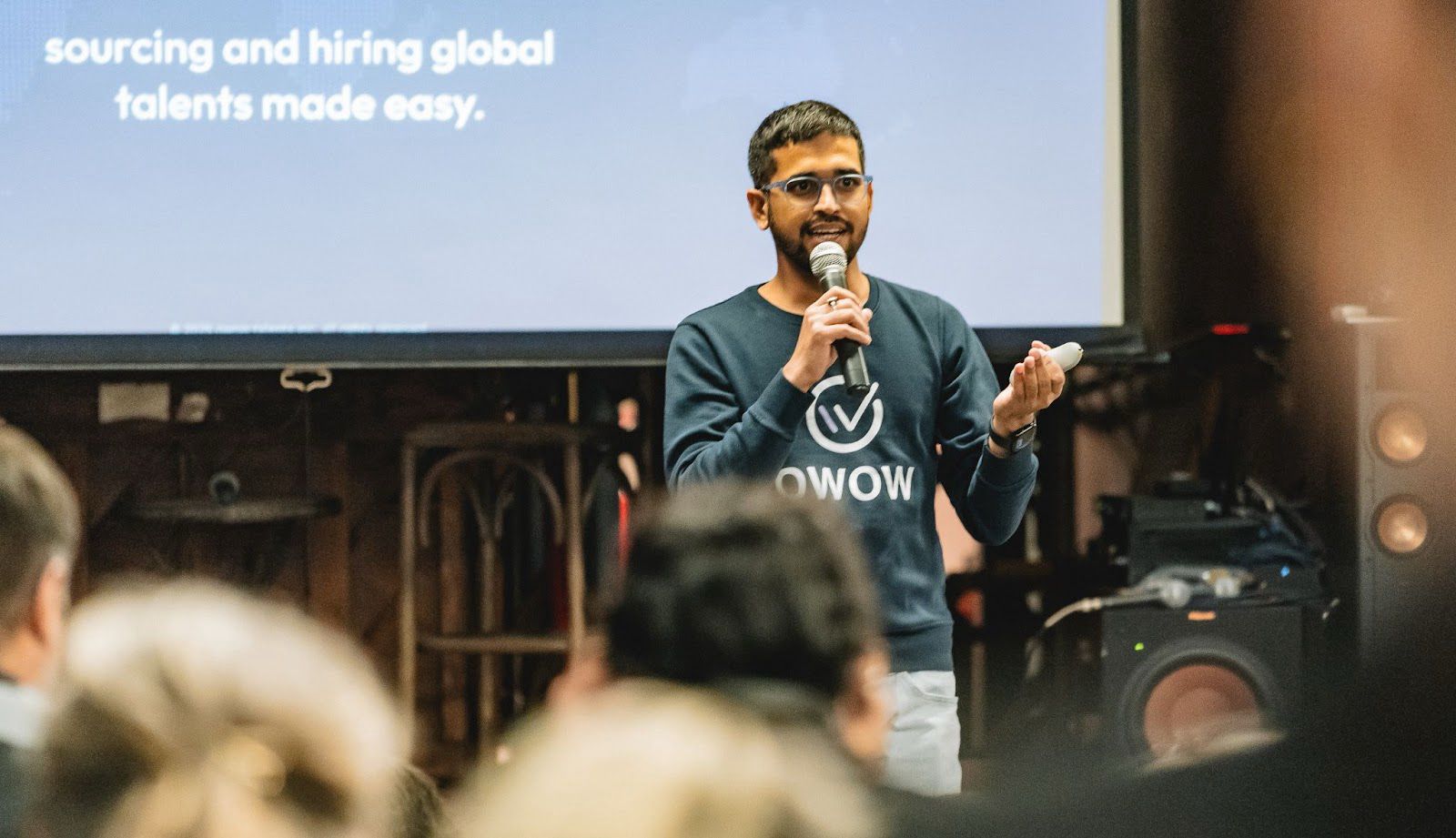When the world shifted to remote work, everything from meetings to collaboration evolved. But one critical area didn’t: hiring.
“Despite all the innovation, hiring across borders still feels like trying to run a marathon with a broken leg,” says Gangesh Pathak, founder and CEO of OWOW, a global hiring platform. “The way we work changed—but the way we hire didn’t.”
That disconnect is what led Pathak to build OWOW and begin exploring a new frontier in hiring tech: Agentic AI.
The Problem With “AI in HR”
Most hiring tools that claim to use AI are really just rule-based automation. Think resume parsers, scheduling bots, or keyword scanners. Useful? Sure. But flexible? Not really.
“Traditional AI tools follow fixed rules,” Pathak explains. “But hiring—especially global hiring—is messy. The context keeps shifting. You need systems that can adapt.”
That’s where Agentic AI comes in. Built on large language models (LLMs), agentic systems can reason through complex tasks, adjust to feedback, and make contextual decisions in real time. In OWOW’s case, they’re using it to rebuild the hiring stack from the ground up.
A Smarter Way to Hire Across Borders
Here’s what that looks like in practice:
- An intelligent agent reads a vague job description and rewrites it based on real team needs
- It sources candidates globally, not just from job boards
- It tweaks coding assessments in real time, based on candidate responses
- It understands interview answers instead of looking for buzzwords
- It handles employment classification and compliance across countries
“These agents aren’t perfect,” Pathak notes. “But they reduce friction—and they don’t get tired.”
Not Just a Data Problem — A Coordination Problem
The challenges in global hiring go beyond tech. You’re juggling different time zones, laws, currencies, and cultural expectations. What works in one country might be illegal—or ineffective—in another.
“Agentic systems offer something powerful: orchestration,” says Pathak. “Instead of stitching together five tools, you get one system that can handle the entire flow—adaptively.”
But OWOW isn’t aiming to replace recruiters. “These agents are support systems, not decision-makers. Human oversight is non-negotiable,” he adds.
The Results So Far
Since rolling out agentic systems at OWOW, a few key patterns have emerged:
- Time-to-hire has dropped sharply, especially for technical roles
- Hiring costs are down, not because of automation alone, but because the process is less fragmented
- Candidate satisfaction is higher—people feel like the system adapts to them
- Access has expanded, especially for developers in non-traditional tech hubs like Kenya, Bangladesh, and Colombia
“At the end of the day,” Pathak says, “we’re giving great people a shot, regardless of where they’re born or what school they went to.”
The Road Ahead
Agentic AI isn’t a magic bullet. It still faces major challenges: LLMs can hallucinate. Bias can creep in. And hiring is one of the most sensitive areas to apply automation.
That’s why OWOW is building with ethics in mind. All evaluations are designed to be explainable, all systems are auditable, and every candidate can request human review.
Looking forward, Pathak sees even broader applications: “These agents could support team design, performance reviews, even long-term career planning. Not to replace managers—but to make them sharper, more data-informed, more human.”
For now, he’s focused on fixing the part that’s clearly broken.
“The next generation of talent is global,” he says. “We need systems that recognize that—and rise to meet it.”





























